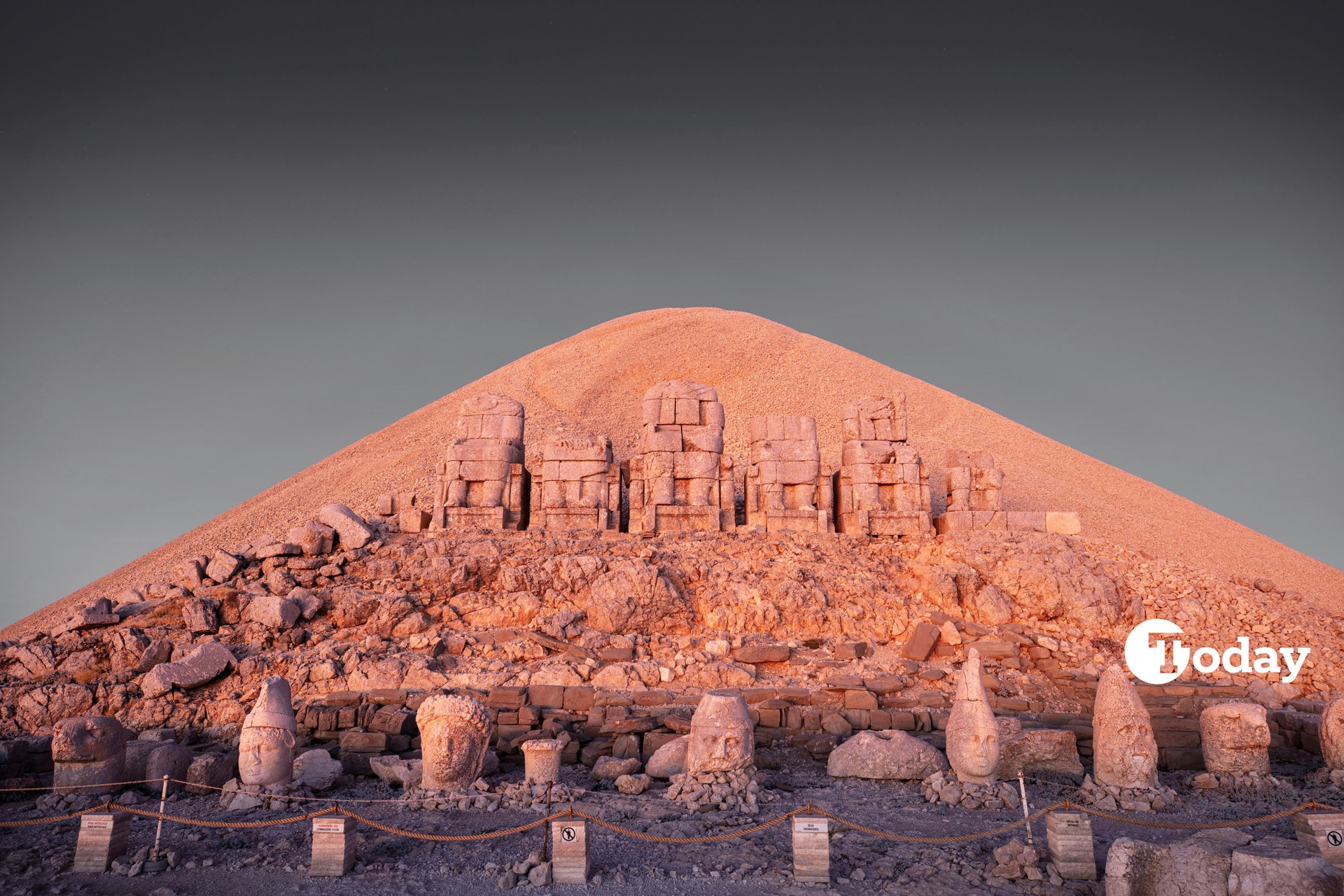
Nestled atop the majestic Mount Nemrut in southeastern Türkiye, a colossal burial mound is believed to house the untouched tomb of King Antiochus I of Commagene.
This enigmatic site, adorned with immense statues blending different heritages, offers a rare glimpse into ancient Anatolia's funerary and religious traditions.
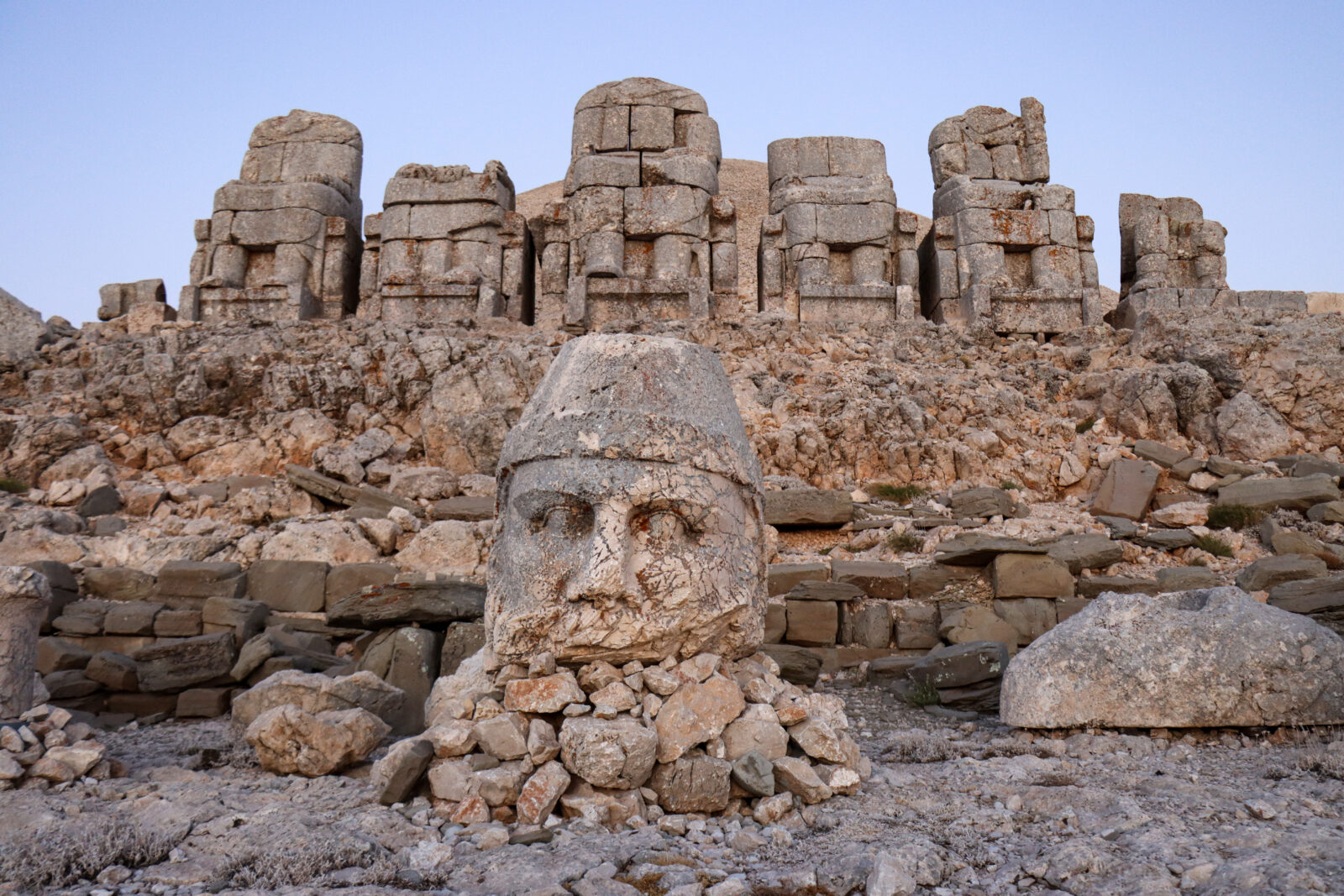
Dominating the summit at over 2,100 meters, Nemrut's sanctuary is flanked by 10 colossal statues, remnants of a grand vision crafted by Antiochus in the first century B.C. These figures, now resting in silence, once stood as a testament to a ruler's ambition to merge Eastern and Western influences in a singular sacred landscape.
The Kingdom of Commagene, positioned between the Roman Republic and the Parthian Empire, flourished as a cultural bridge. Under Antiochus I, it reached its zenith, embracing a syncretic identity where Greek and Persian deities coexisted in monumental harmony.
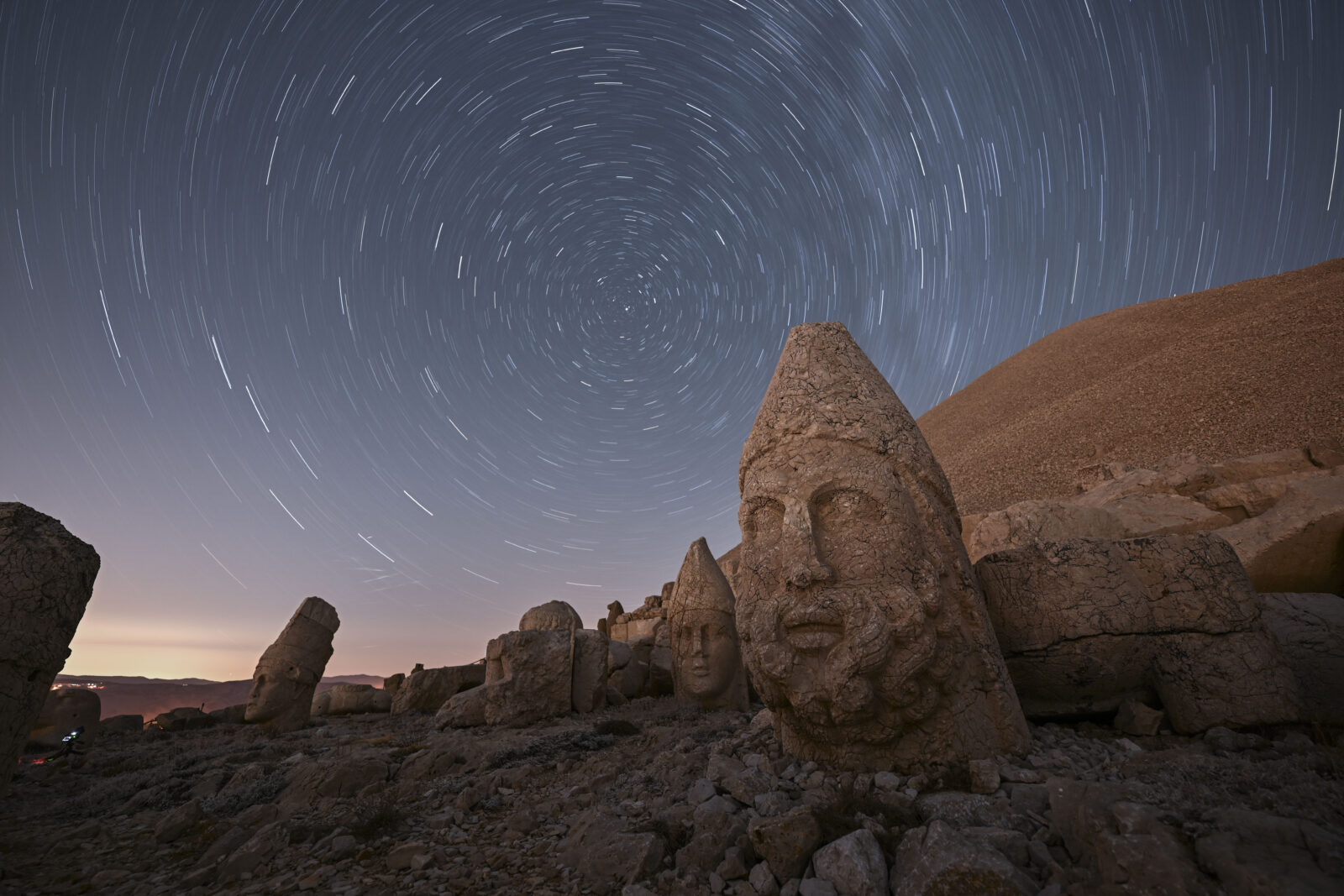
Today, Nemrut stands as a UNESCO World Heritage Site, its grandeur still commanding awe. The tumulus, originally towering at 70 meters, remains largely unexplored. Historians and archaeologists believe the king’s final resting place lies beneath thousands of meticulously placed stones, an impenetrable shield that has deterred excavation for over 2,000 years.
The eastern and western terraces, adorned with well-preserved statues, depict a pantheon of Greco-Persian gods. Antiochus himself is immortalized among them, seated alongside figures representing Zeus-Oromasdes, Apollo-Mithras-Helios-Hermes, and Herakles-Artagnes-Ares. The dexiosis reliefs, showing the king shaking hands with these deities, symbolize divine approval and eternal rule.

Nearby, the royal summer capital of Arsameia holds Türkiye’s longest known Greek inscription, detailing Antiochus’ deeds.
The text, carved into stone, offers insights into the ideological framework behind his self-deification and the religious-political synthesis of his reign.
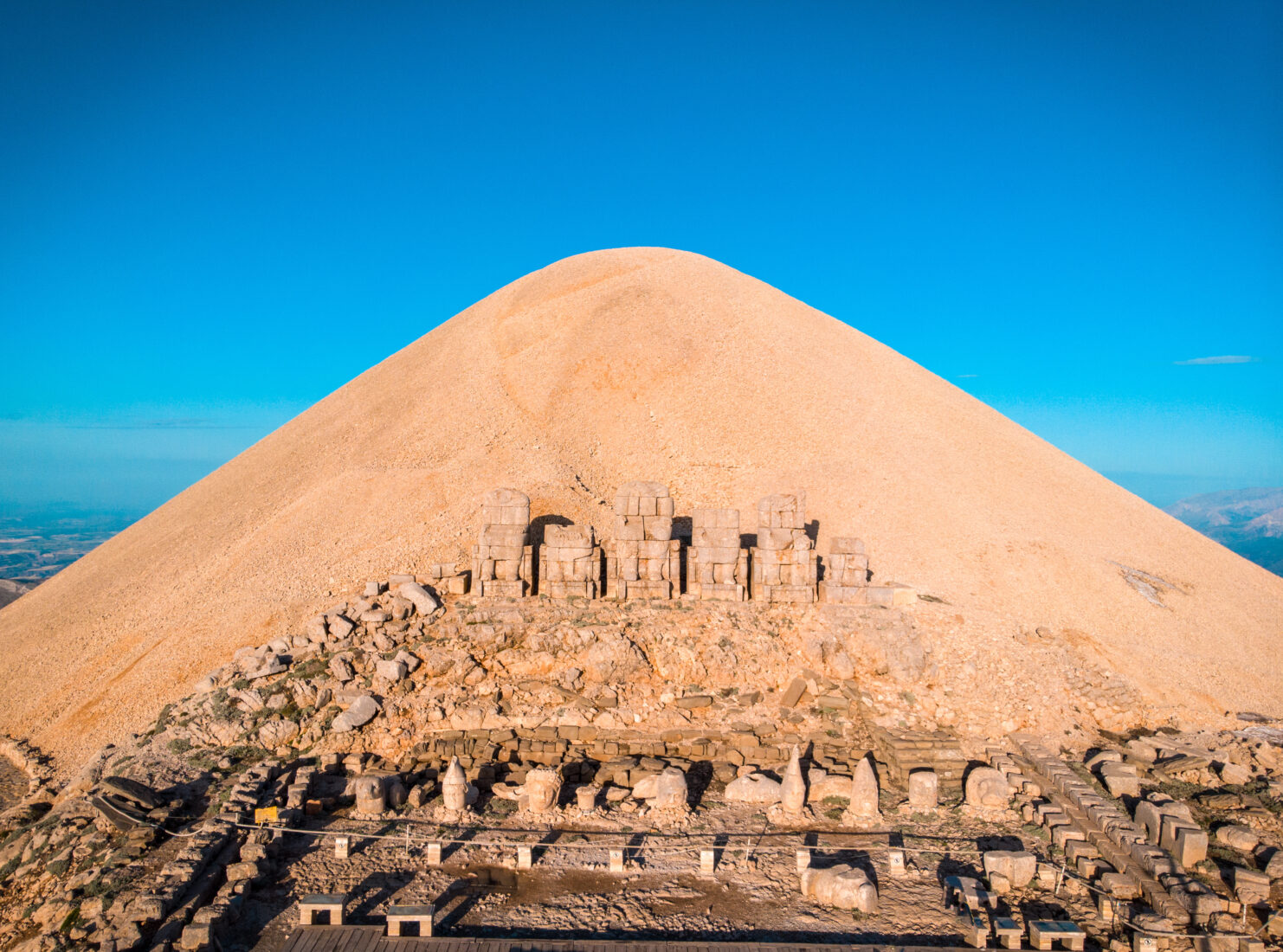
Antiochus’ funerary monument is unparalleled in Commagene. Unlike his father Mithridates, who was interred in a subterranean tunnel network, Antiochus’ tomb follows an Anatolian model akin to those of Phrygian and Lydian rulers. However, the addition of grandiose sculptures and an elevated mountaintop setting distinguish it as a unique cultural marvel.
The monument’s inscriptions confirm its dual role as both a tomb and a temple. Ritual pathways encircle the site, indicating that ceremonial processions and religious offerings once took place here. Priests, clad in Persian attire, would perform sacred rites, present tributes, and oversee sacrificial feasts in honor of the deified king.
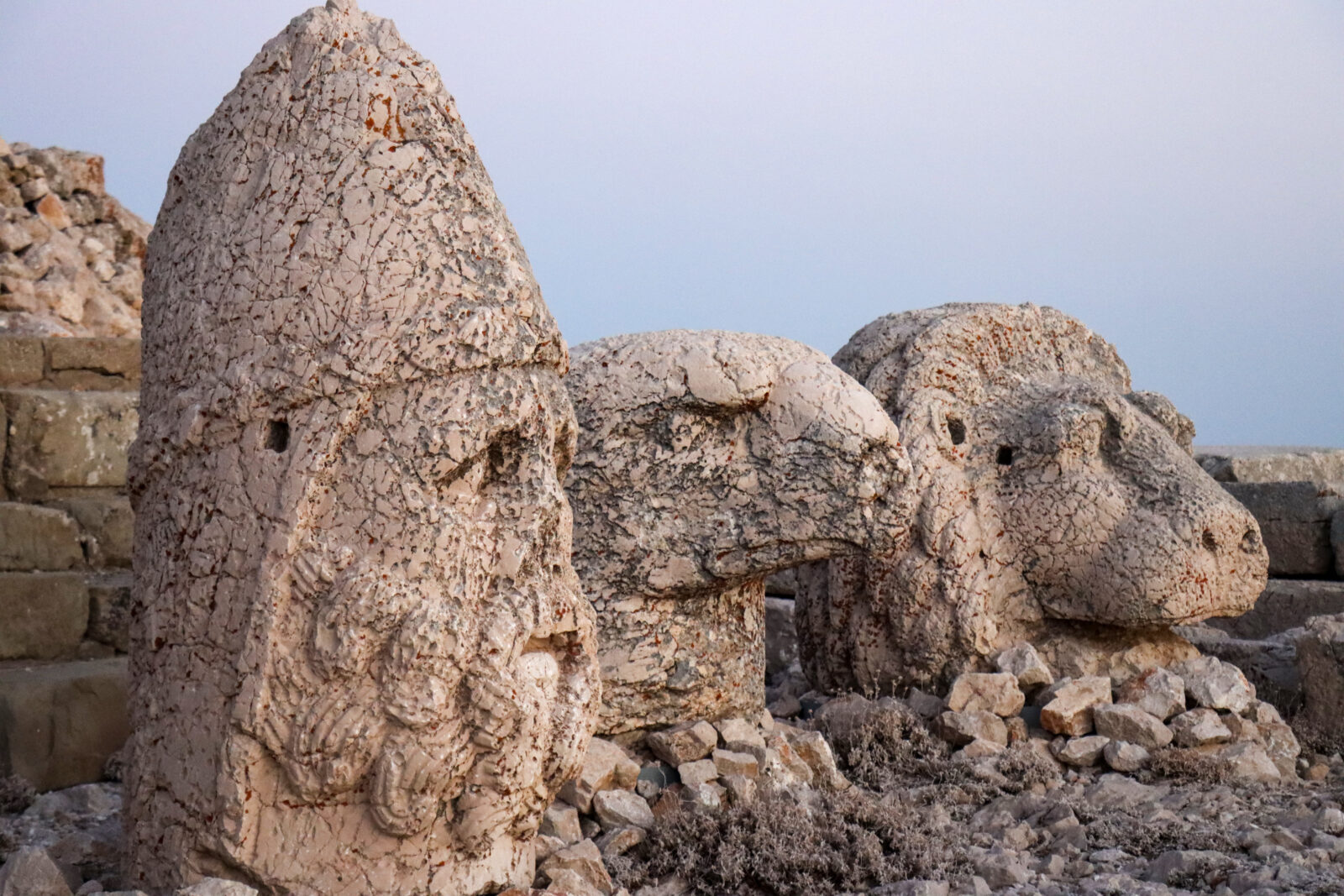
For centuries, the question of whether Antiochus’ tomb remains undisturbed has captivated archaeologists. The intricate layering of crushed rock over the burial chamber has made excavation nearly impossible without risking irreversible damage. Yet, if the tomb remains intact, it could hold extraordinary treasures—perhaps even the unspoiled relics of one of history’s most enigmatic monarchs.
Nemrut continues to stand as a silent guardian of its secrets, a testament to an era where gods and kings shared the same celestial throne. Whether Antiochus' resting place will ever be uncovered remains uncertain, but its legacy as one of the ancient world's most extraordinary sanctuaries endures.